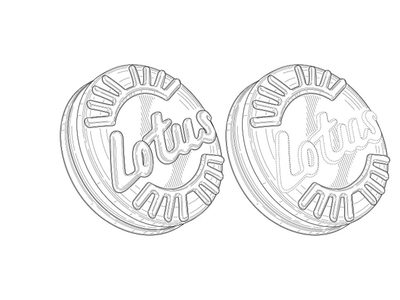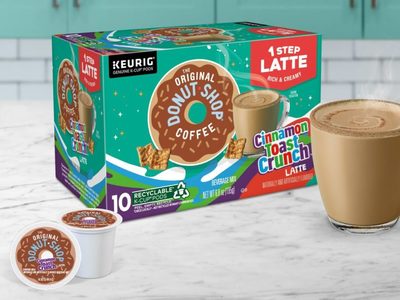Consumers love sugar for the sweetness it brings to many of their favorite baked goods. But its functionality in these products goes even further.
“Sugar can play critical functional roles, serving as a bulking agent and contributing to texture, mouthfeel, spread, structure, browning, shelf life and more,” said Dave Lindhorst, technical services manager, Cargill.
While sugar is the star of many foods, its reputation has soured in the eyes of a growing number of consumers. The rise of low-carb diets has many shoppers cutting out sugar, and growing research demonstrates a correlation between high sugar intake and health complications like heart disease, obesity and diabetes.
Seventy-two percent of Americans are now trying to limit or avoid sugars, a May 2023 report from the International Food Information Council (IFIC) found, and 57% of US adults surveyed say they are taking specific actions to manage their blood sugar, according to ADM Outside Voice.
As a result, alternative sweeteners continue to grow in popularity, providing similar sweetness to sugar with fewer calories and carbs. But these alternatives, especially artificial varieties, have come under consumer scrutiny as well.
“Artificial sweeteners suffer from a bad reputation among consumers, with many believing that artificial sugar substitutes like aspartame, sucralose and saccharin may have detrimental health effects,” observed Hank Wang, technical director, North America, Howtian.
Fifty-five percent of US consumers say “no artificial sweeteners” is an extremely or very important statement on food and beverage labels, according to the 2022 Global Trend Study from HealthFocus International, and 69% of consumers say that simple, recognizable ingredients influence their purchasing decisions, ADM’s research found.
With shoppers savvier than ever about the ingredients they consume, natural sweeteners have proven to thread the needle in providing the sweetness consumers expect in a format they’ll accept.
“The consumer gets peace of mind not only from the familiarity of the name but also the assurance that — as in the case of malt extract or molasses — these sweeteners have been part of the human diet for centuries,” said Joe Savelli, director of culinary innovation, Malt Products. “Natural sweeteners also shorten ingredient statements. In today’s market, shorter ingredient statements convey a message of cleaner ingredients and a cleaner, more natural finished product.”
For manufacturers looking to stay on trend by reducing or fully eliminating sugar from their products, natural sweeteners are a natural fit that fulfill consumer needs. But replacing an ingredient as critical as sugar may prove difficult, often requiring careful reformulation with multiple ingredients to get the job done.
“There are rarely simple answers when customers look to change their sweetener system,” Mr. Lindhorst said.
This article is an excerpt from the August 2023 issue of Baking & Snack. To read the entire feature on Sweeteners, click here.






